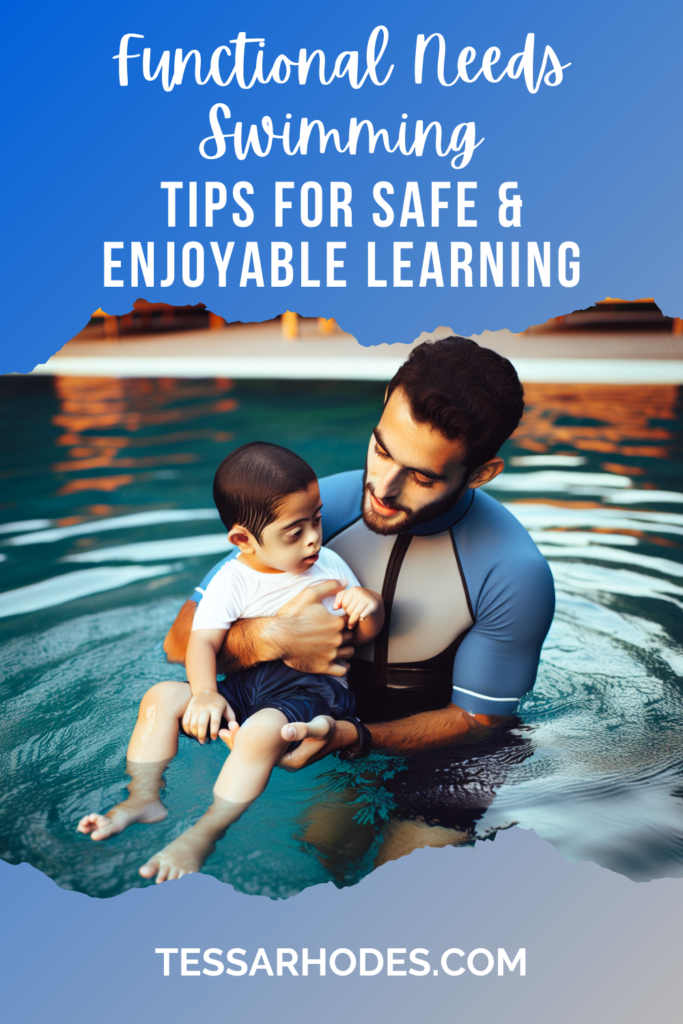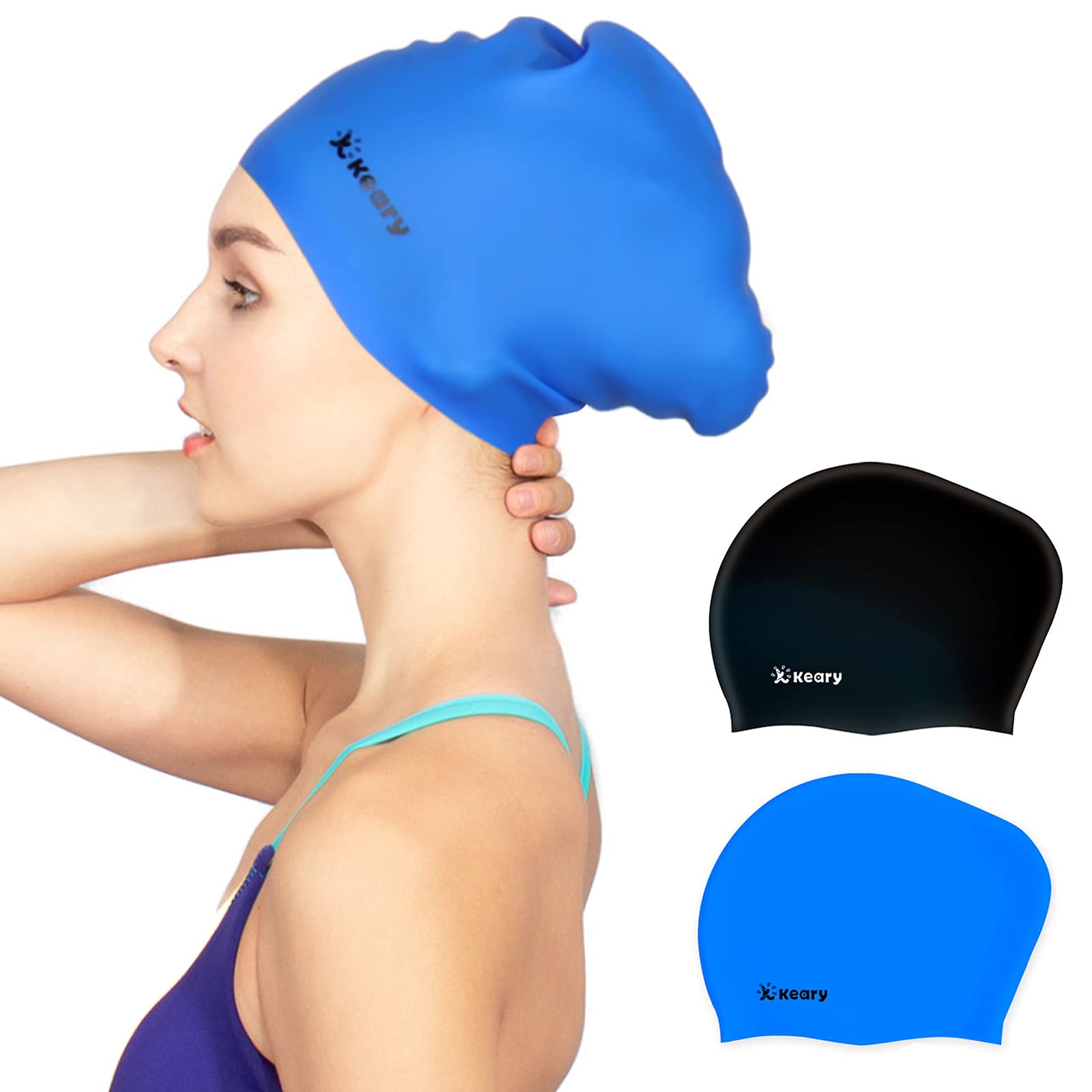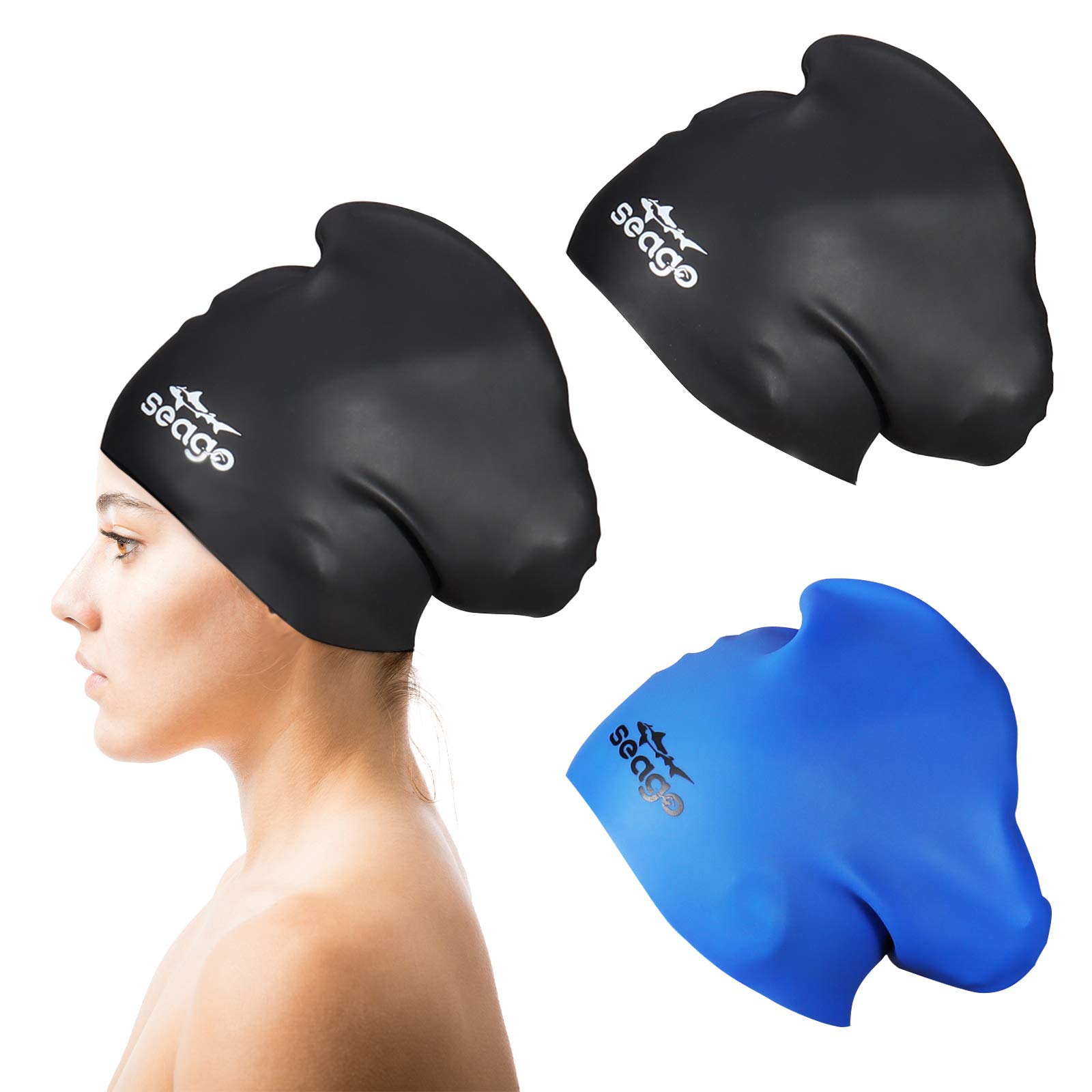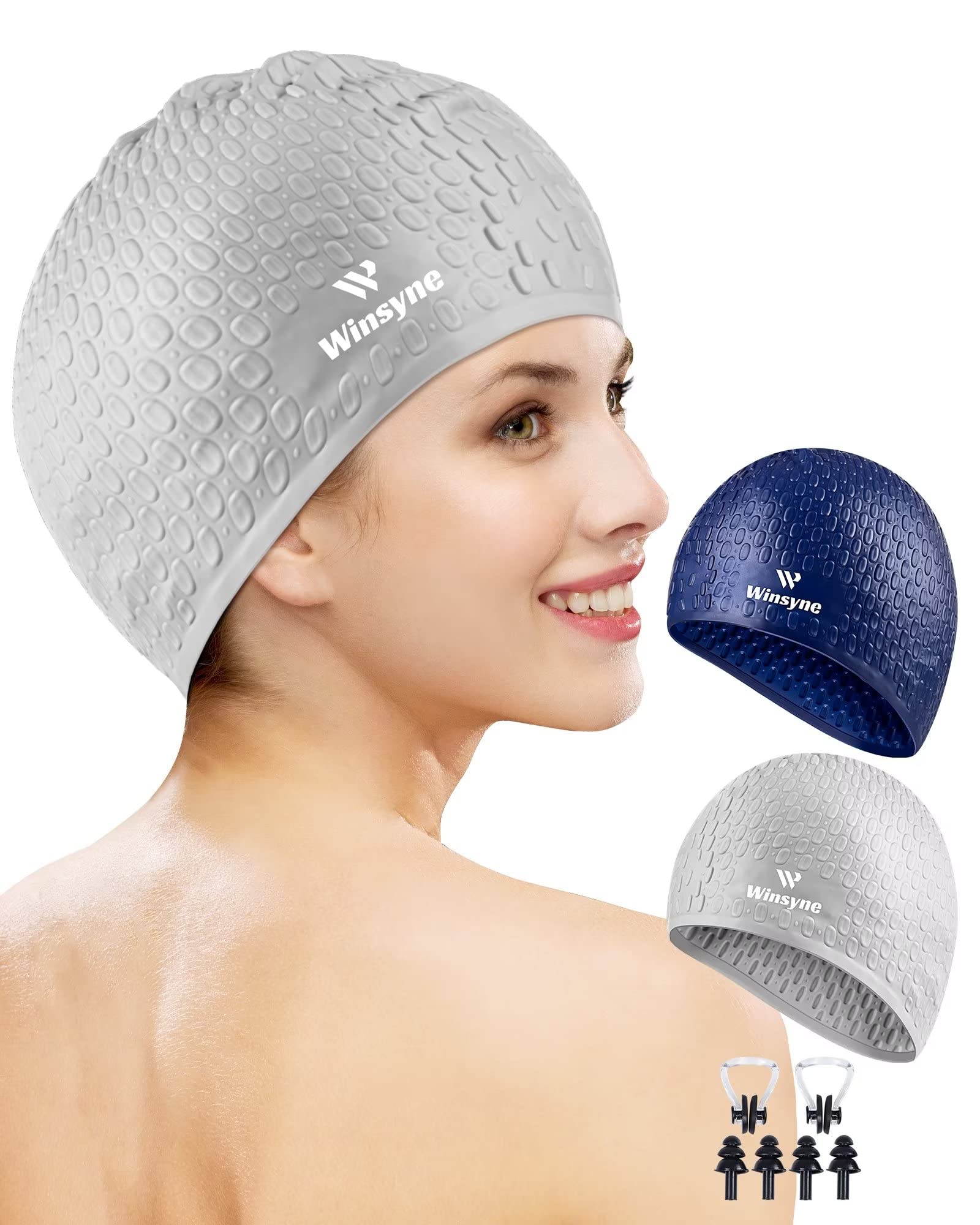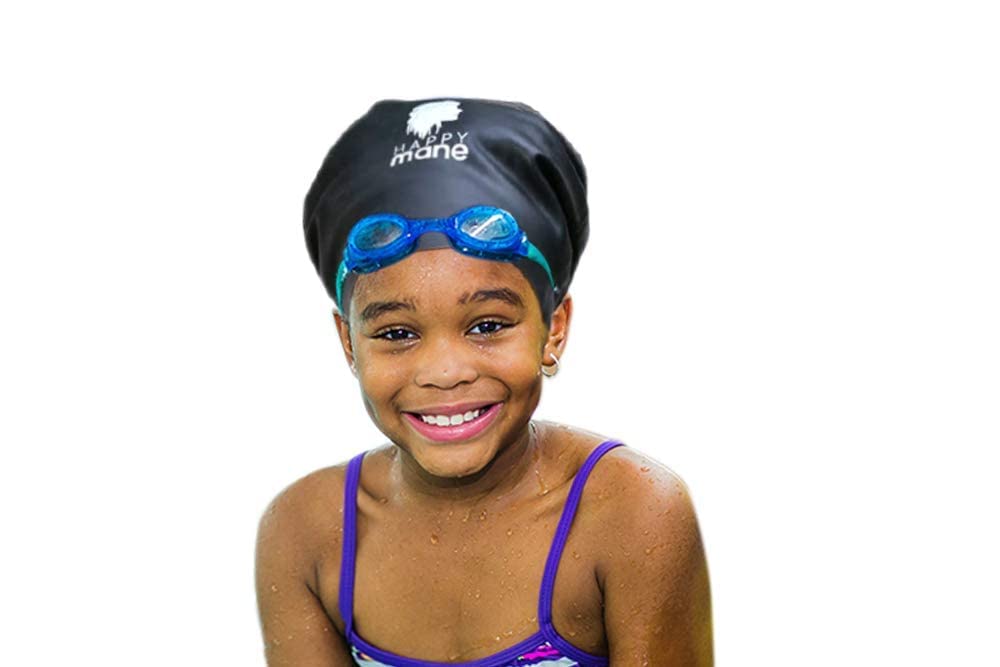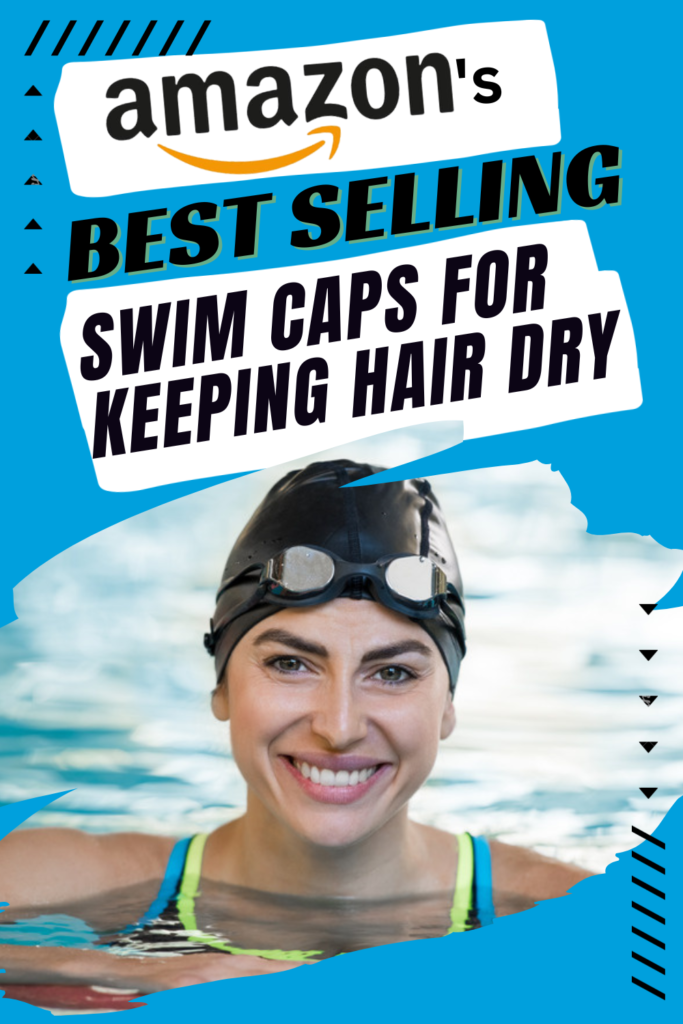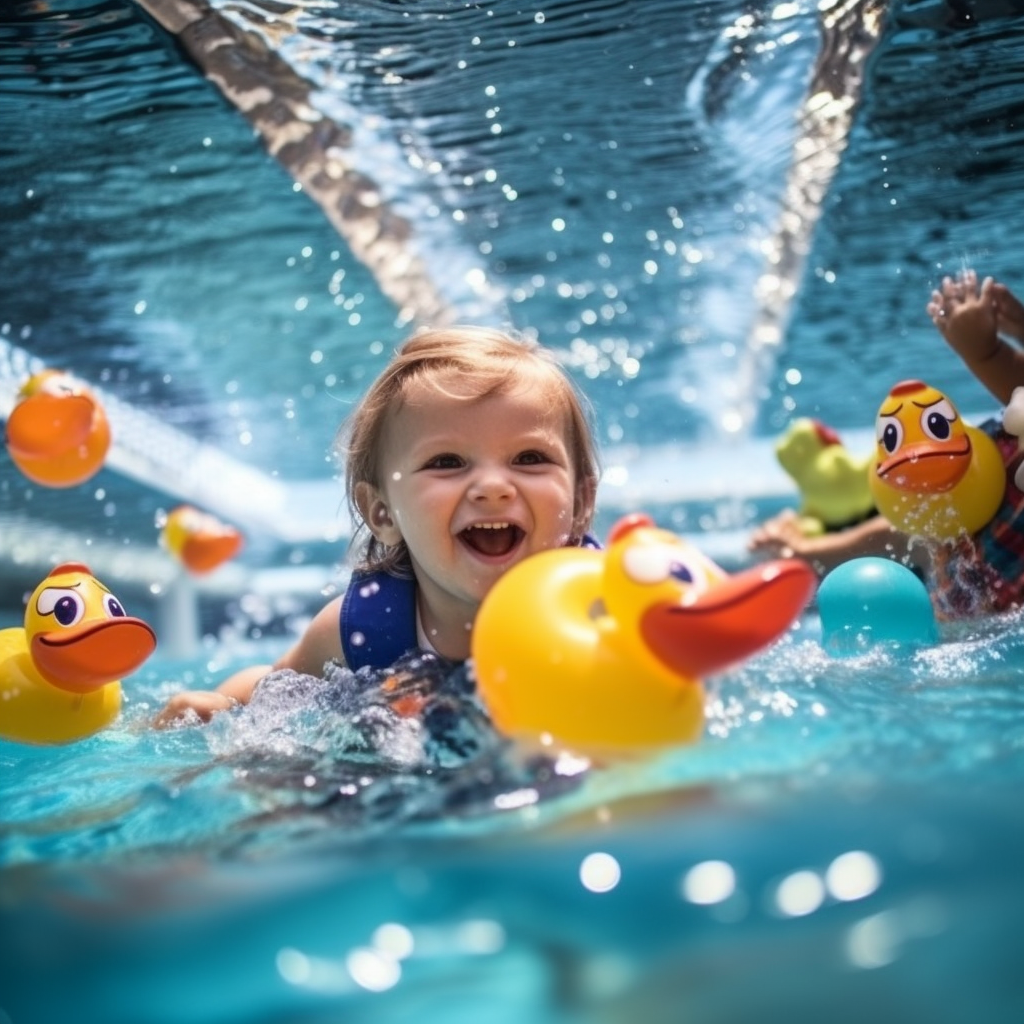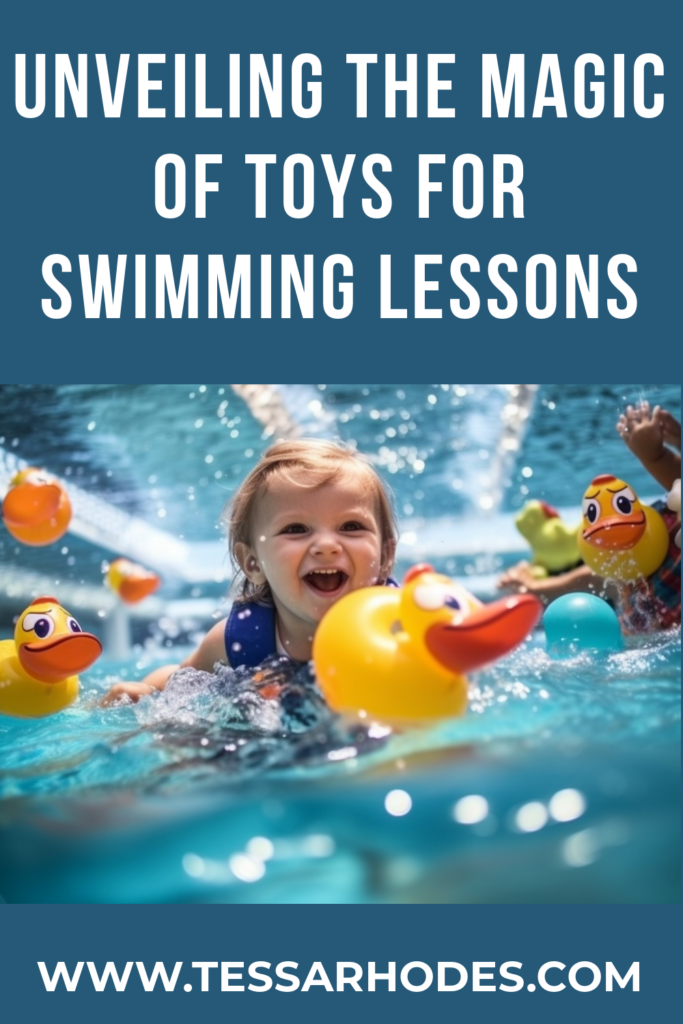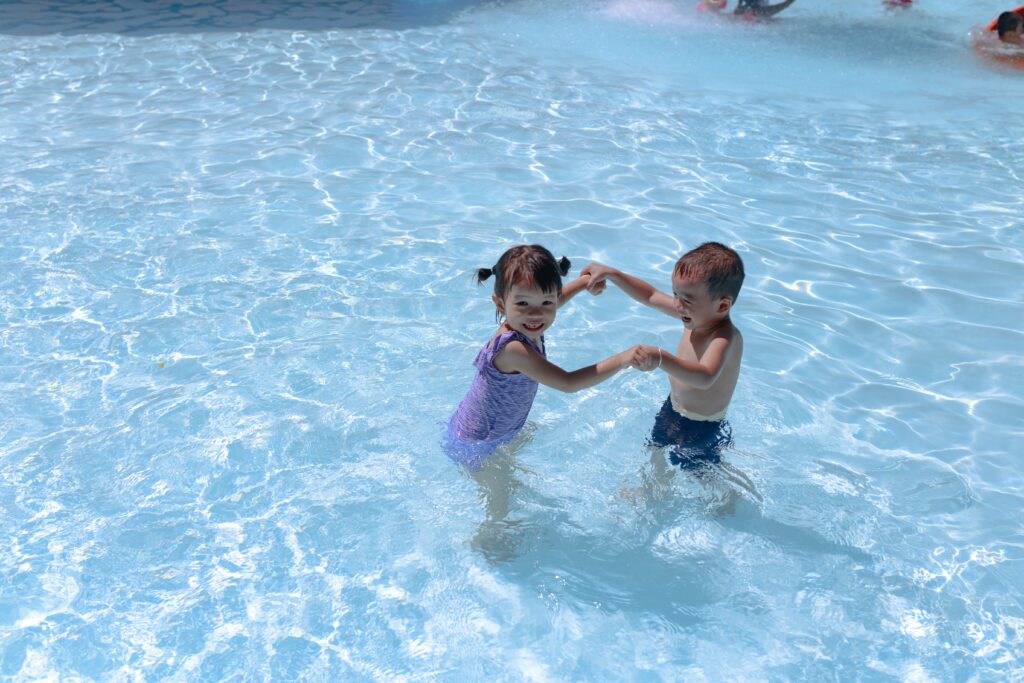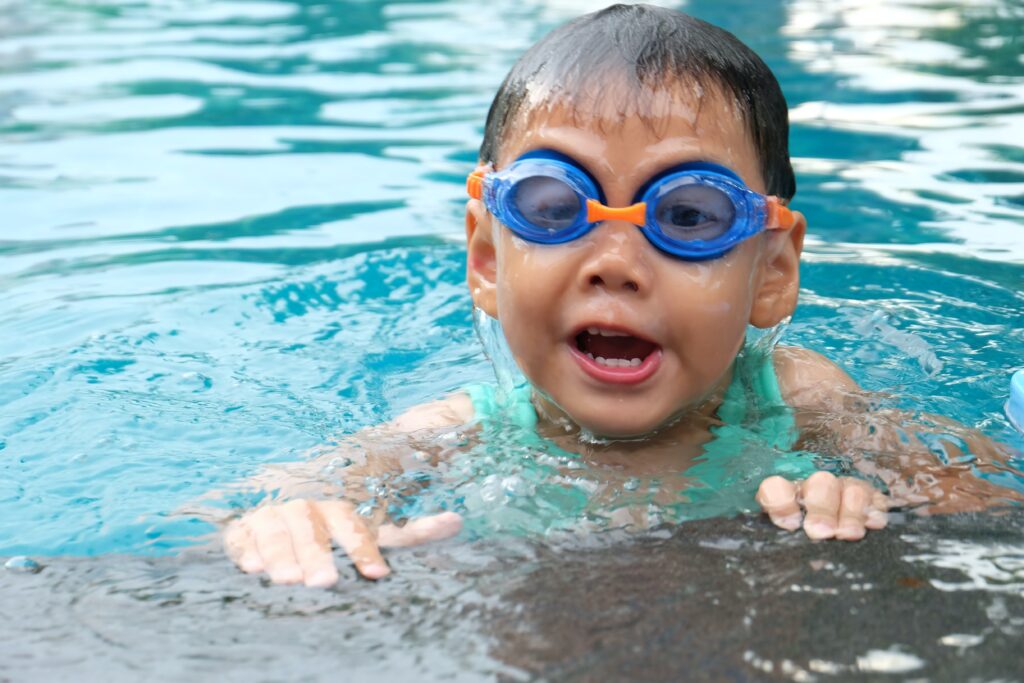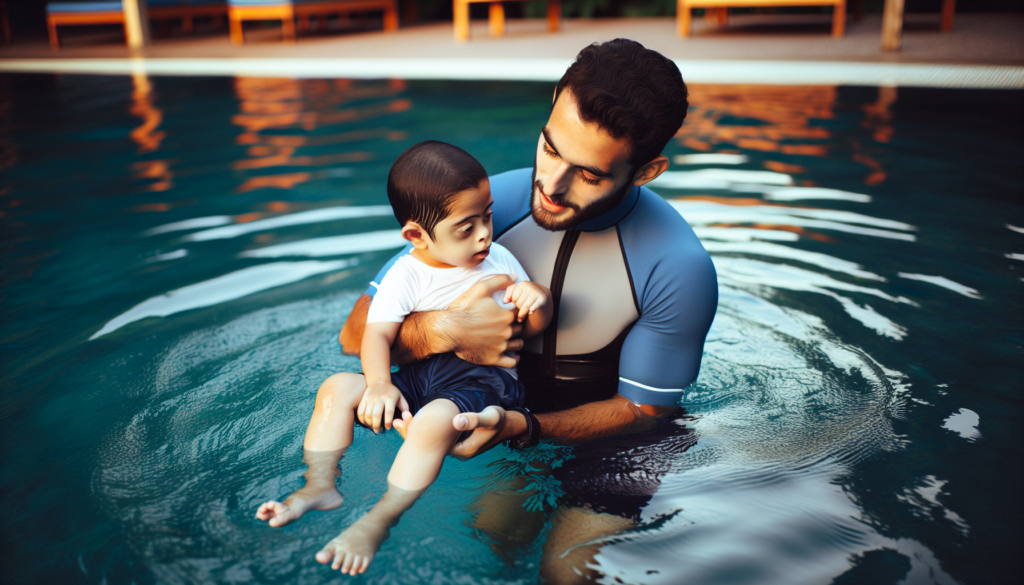
Swimming is a valuable life skill that everyone should have the opportunity to learn, including individuals with functional needs. Functional needs swimming is an important topic that focuses on providing a safe and nurturing environment for all participants, regardless of their challenges, such as physical or mental disabilities. Through adaptive techniques and programs, these individuals can enjoy the benefits of swimming and enhance their overall well-being.
Understanding the unique challenges individuals with functional needs face in aquatic environments is crucial in building an inclusive and supportive space. By prioritizing safety and equipping participants with proper tools and resources, functional needs swimming fosters physical and emotional growth. Qualified instructors and caregivers play a vital role in ensuring a productive and enjoyable experience for everyone involved.
With the right approach, functional needs swimming can open doors to improved confidence, independence, and social interaction. It highlights the significance of inclusivity in aquatic activities and promotes a positive outlook on the capabilities of individuals with special needs.
Key Takeaways
- Functional needs swimming focuses on providing a safe and inclusive environment to learn and enjoy swimming.
- Adaptive techniques, prioritized safety measures, and qualified instructors contribute to a successful functional needs swimming program.
- Benefits of swimming extend to all participants, helping individuals with functional needs to improve confidence, independence, and social interaction.
Understanding Functional Needs in Aquatic Environments
The Role of Water in Therapeutic Programs
Water is a powerful tool for individuals with functional needs, as it offers a unique environment for therapeutic interventions. For those with sensory overload, such as individuals with autism or ADHD, the calming effect of water helps in reducing anxiety and enhancing relaxation.
When working with children and adults with physical or developmental challenges like cerebral palsy or Down syndrome, water’s natural buoyancy aids in supporting their body weight, relieving joint pressure and muscle tension. In this way, aquatic therapy can improve mobility and flexibility while building muscle strength.
Common Challenges for Swimmers with Disabilities
Sensory Struggles: Swimmers with functional needs, particularly those with ASD (Autism Spectrum Disorder), may experience sensory challenges. The pool environment can overwhelm their senses with its various sights, sounds, and textures. Factors to consider include:
- Water temperature: Ensure it’s comfortable for your swimmer, as they may have difficulty regulating body temperature.
- Noise levels: Minimize auditory disturbances by offering earplugs or scheduling sessions during quieter hours.
Physical Challenges: Individuals with disabilities such as cerebral palsy or muscular dystrophy may struggle with muscle control and coordination in the water. To help them:
- Use flotation devices or adaptive equipment to provide additional support.
- Focus on activities that build muscle strength, range of motion, and endurance.
Communication Barriers: Swimmers with disabilities may have difficulty understanding instructions or expressing their needs. To enhance communication:
- Use visual supports like cue cards and gestures.
- Break down complex tasks into smaller steps and provide clear, concise instructions.
By addressing these challenges and adapting the aquatic environment to suit each swimmer’s unique needs, you can help create a more inclusive, therapeutic, and enjoyable experience for all participants.
Safety First: Equipping for Water Security
Water Safety Basics for Functional Needs
Water safety is vital for all, but it’s essential to pay close attention to the requirements of individuals with functional needs. You should focus on several key aspects to ensure a safe and enjoyable experience. A well-maintained safety fence should surround the pool, be at least 4 feet tall, and separate the pool area from the rest of the yard. This fence should also have a self-closing and self-latching gate that opens away from the pool. Be sure to inspect the fence regularly to confirm it’s working properly.
Balance and coordination are crucial for water safety, too. Encouraging your child to practice on dry land will help them maintain stability and control in the water. I incorporate exercises like standing on one foot or gentle yoga poses for increased body awareness.
Incorporating Safety Skills into Lesson Plans
When developing lesson plans for functional needs swimmers, do not overlook foundational safety skills. Start with teaching water-related rules like no running near the pool, always having a buddy, and implementing proper communication with instructors and peers.
Integrate entering and exiting the pool safely, since it’s crucial to water safety. For swimmers with limited mobility, consider using accessibility equipment like pool lifts.
Create a table with various safety skills and split them into levels of difficulty:
| Beginner Skills | Intermediate Skills | Advanced Skills |
|---|---|---|
| Entering and exiting pool | Bubbles and breathing | Swimming in deep water |
| Breath holding | Treading water | Diving and surfacing |
| Front and back floating | Propulsive skills | Swimming with proper form |
Utilize this table to track your swimmer’s progress and adjust the lesson plan accordingly.
Remember, water safety should be a priority in all swimming programs, especially for individuals with functional needs. Incorporating these essentials into your child’s swimming experience promotes a secure and fun environment for them to learn and grow as swimmers.
Adaptive Swimming Techniques and Programs
Adaptive Aquatics Program Structure
Adaptive aquatics focuses on providing individualized swim lesson plans tailored to the needs of each functional needs student. These swim lessons cater to various abilities, ensuring a safe, comfortable, and encouraging learning environment for all participants. Programs like the Adaptive Aquatic program at SwimLabs promote comfort in the water, prioritizing safety and teaching the basics of swimming according to each child’s physical and developmental capabilities.
Adaptive aquatics programs incorporate the following key elements in their lesson structure:
- Assessment: Determining each student’s abilities and needs before starting lessons to ensure proper support and instruction.
- Individualized Lesson Plans: Creating a personalized swimming plan tailored to each student’s specific requirements.
- Modified Techniques: Adapting traditional swim strokes and techniques to cater to diverse ability levels.
- Progress Tracking: Regularly monitoring and adapting the lesson plan to ensure continuous improvement and goal achievement.
Teaching Swimming Skills to Diverse Abilities
Understanding and addressing diverse abilities is crucial to teaching functional needs swim lessons. Programs like T.A.P. or the Therapeutic Aquatic Program offer structured swim lessons for individuals with functional needs, focusing on skill adaptation and inclusive learning environments.
Adaptive swimming instructors use modified teaching techniques depending on each student’s needs, making sure to include:
- Visual Aids: Using drawings, flashcards, or other visual materials to help illustrate concepts and techniques.
- Physical Prompts: Employing hands-on assistance to guide students in the correct positioning and movement for each skill.
- Verbal Instruction: Providing clear, concise verbal instructions and cues to help students better understand and execute swim techniques.
- Social Modeling: Encouraging peer interactions and group learning to foster socialization and a sense of belonging.
In conclusion, adaptive swimming techniques and programs are designed to support individuals with diverse abilities in learning to swim effectively and safely. By offering specialized instruction and inclusive environments tailored to each participant’s unique needs, these programs empower functional needs students to gain confidence and skill in the water.
Physical and Emotional Benefits of Swimming
Improving Fitness and Strength
Swimming offers numerous benefits for individuals with functional needs. The buoyancy of water provides a weightless environment, making it easier for you to move and exercise without putting stress on your joints. This can help improve your range of motion, flexibility, and overall strength.
While in the water, you will find it easier to engage in activities that might be difficult on land due to the resistance provided by the water. Some of the key benefits you can gain include:
- Increased muscle strength: Swimming uses all major muscle groups and can help improve your overall strength.
- Greater flexibility: Water’s weightlessness allows you to move more freely, enhancing your flexibility.
- Improved coordination and balance: The buoyancy of water helps develop better body awareness, leading to improved coordination and balance.
Cultivating Self-Esteem and Independence
Swimming can have significant emotional benefits, especially for children with functional needs. The freedom you experience in the water can increase your self-esteem and foster a sense of independence. Here are a few ways swimming can help:
- Boosting self-confidence: Successfully learning new swimming skills can help build your self-confidence.
- Encouraging independence: The ability to swim and move independently in the water can make you feel more self-reliant.
- Promoting social interactions: Swimming lessons can be a great way to meet and interact with others, helping you to develop friendships and social skills.
The calming effect of water can also provide a soothing and therapeutic environment for individuals with sensory processing disorders or those who find typical exercise settings overstimulating. Overall, participating in swimming activities can offer you a valuable opportunity to improve your physical and emotional well-being.
Best Practices for Instructors and Caregivers
As an instructor or caregiver of functional needs individuals during swimming lessons, it’s crucial to adapt your teaching approach to best cater to their unique needs. Ensuring a comfortable and positive learning environment will help them develop essential swimming and social skills.
Empathic Approach to Swim Instruction
An empathic and patient approach is key to successful swim instruction for children with functional needs. This will make them feel supported and cared for throughout their lessons. As an instructor, always prioritize the safety and well-being of your students. Incorporate fun and play into your lessons to keep them engaged and motivated while teaching crucial swimming techniques.
To better understand each student’s abilities and challenges, try the following strategies:
- Be observant: Pay close attention to their body language and behavior during the lessons.
- Encourage communication: Ask open-ended questions and give them time to respond.
- Offer praise: Verbally acknowledge their accomplishments to boost their confidence.
- Be adaptable: Tailor your teaching methods to their specific needs and learning styles.
Enhancing Communication and Social Interaction
Swimming lessons can be a great platform for children with functional needs to improve their communication and social skills. Instructors and caregivers should focus on strengthening these skills since they are crucial to their overall development. Here are some tips for enhancing communication during swim lessons:
- Use clear instructions: Break down complex tasks into smaller, manageable steps, and provide clear and concise instructions.
- Utilize visual aids: Incorporating visual aids, such as flashcards and pictures, can help understand the task at hand.
- Establish a routine: Create a consistent lesson routine to provide a sense of familiarity and predictability.
- Encourage social interactions: Facilitate interactions with peers during group lessons, promoting the development of friendships and teamwork.
Keep in mind that you may need to adapt these strategies based on the individual’s abilities and preferences. Always maintain a confident, knowledgeable, and neutral tone, ensuring that your instructions are clear and easy to understand for your students. Furthermore, remember to be patient and caring, as these qualities will create an invaluable support system for the student’s journey in learning how to swim.
Frequently Asked Questions
How can I find appropriate swimming lessons for my child with functional needs?
To find swimming lessons suitable for your child with functional needs, research local swim schools that offer programs catering to your child’s specific requirements. Many swim schools, such as One with the Water, have functional needs swimming programs offering private and semi-private lessons. These lessons are designed to accommodate children with various disabilities and learning differences.
What options are available for adults with functional needs seeking to learn swimming?
Adults with functional needs have different options when looking for swimming lessons. Many swim schools offering functional needs programs for children also provide adult lessons. For instance, One with the Water accommodates adults with functional needs, ESL learners, and U.S. Service-Disabled Veterans.
Are there any organizations offering free swimming classes for individuals with functional needs?
While many organizations charge for swimming lessons, some local nonprofits and recreational centers might provide free or subsidized swimming classes for individuals with functional needs. Reach out to your local community center to inquire about such programs.
What should I expect from a swim program designed for children on the autism spectrum?
Swim programs designed for children with autism often focus on sensory-friendly environments and specific teaching strategies. Trained instructors understand the unique requirements of children on the autism spectrum, as explained by National Recreation and Parks Association, and adjust their teaching approaches accordingly. A properly designed program will support your child’s learning pace while ensuring a positive experience.
Where can I find a swim team that accommodates swimmers with functional needs?
Swim teams accommodating functional needs swimmers might be harder to find, but some organizations and schools offer inclusive programs for all levels of abilities. Look for local clubs or teams that promote inclusivity or contact specialized swimming programs to inquire about competitive opportunities.
What is meant by ‘sensory swim’ and how does it benefit children with sensory processing disorders?
Sensory swim refers to swimming classes or programs specifically tailored to children with sensory processing disorders. These programs use techniques to minimize sensory overload, such as reducing noise, controlling the pool environment, and using visual supports. Sensory swim helps children with sensory processing disorders adapt comfortably to different sensory stimuli, improving their relationship with water and enhancing swim skills.
You may want to check out my detailed guide on how to help children overcome their fear of water.
